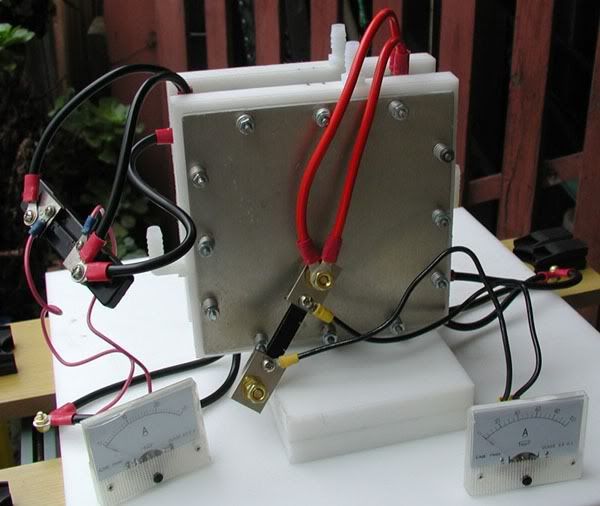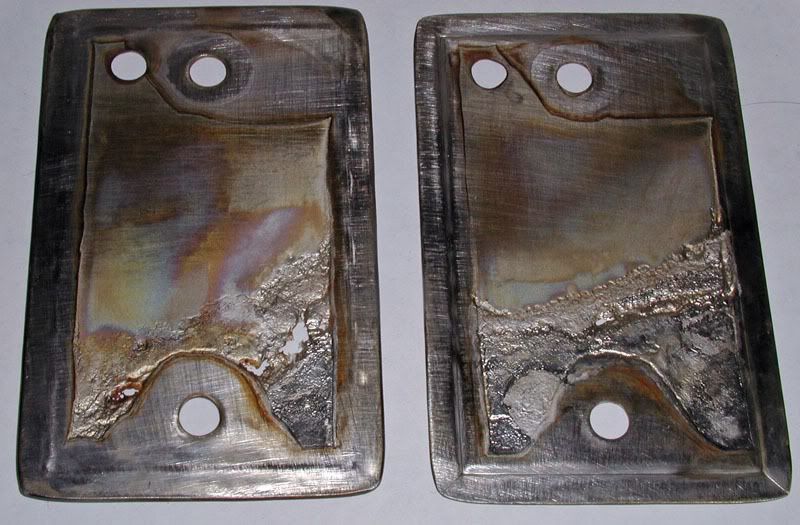
Originally Posted by
danser75

Biofarmer I dont mean to correct or offend you but my looking at it says I have 14 cells not 15. therefore its 6.9 sq in. I need right? am i missing a cell in +nnnnnn-nnnnnn+ =
+,1,n,2,n,3,n,4,n,5,n,6,n,7,-,8,n,9,n,10,n,11,n,12,n,13,n,14,+ Right?
sorry if thats complicating but it shows how i am counting the cells.
But if that's true to be on the safe side I would like to go with 3x 3.5 inch active area cells making the plates 4x 4.5 inch total with three tabbed and drilled for power and the rest neutral with only the 1/4 inch hole at bottom and 3/8 inch hole at top. I was reading on another website if you give a larger hole in the top it allows for better flow and i have seen you guys use 2-3 holes in the top so i figure its go to be worth something. and the reason i am using one bigger hole not 2-3 smaller holes is because I have to pay by the hole ($1.00 per hole) because i having them laser cut when they make my plates.
But also what would happen if i built and ran 6x6 inch cells at 23 amps. would i have too much hho or would the unit just run cooler? If it never gets hot it seems it would never have a chance for thermal runaway. thus eliminating the need for a pwm. I am however planning to use a thermal circuit breaker to control it should it get excited and decide to act up.
I have used them on other projects and they are great. If you overload it it will "blow" then once it cools down then it reconnects. In case you guys haven't used them before.





 Reply With Quote
Reply With Quote




